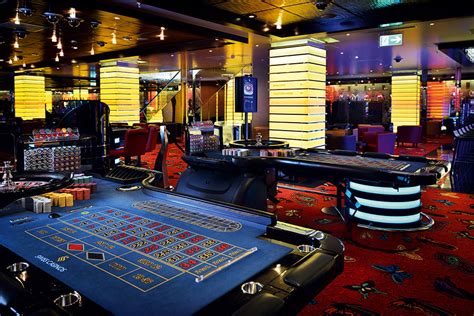1. Mastering Non-Verbal Cues in Poker: An Introduction
Learning to read non-verbal cues in poker is a powerful skill that can significantly improve your game performance. These cues, also known as poker tells, reveal invaluable insights about your opponents’ hands–whether they’re bluffing or have a strong or weak hand. Reading your opponents’ body language incorporates the knowledge of understanding conscious tells and picking up on unconscious tells to tap into the wealth of information offered by your opponents.

2. Deception in Poker: Reading Your Opponents through Physical Signals
One of poker’s most exciting aspects involves deception through bluff signals. Bluffs are deliberate attempts to misrepresent the strength of a player’s hand. Reading opponents through these signals is an essential part of success in poker – but it’s also one of the most challenging skills to master.
3. Subtle Signs of a Strong Hand: Revealed through Player Behavior Analysis
When determining whether a poker player possesses a strong hand, look for signs of comfort or security. These signs include relaxed posture, casual conversation, and maintaining eye contact. Conversely, discomfort or insecurity often signifies a weak hand, displayed through nervous habits in poker and other behavioral nuances.
4. Non-Verbal Microexpressions at the Poker Table: Decoding the Unspoken
Microexpressions at the poker table are involuntary, often fleeting facial expressions that reveal an opponent’s true feelings. These expressions can be an essential clue to understanding whether your opponent is bluffing, adding depth and complexity to the poker game.
5. The Emotional Landscape of Poker: Hidden Emotions and Unconscious Signals Captured
The emotional landscape of poker is rich and varied, comprising a mix of hidden emotions and unconscious signals. This emotional landscape offers a wealth of data and can often reveal significant insights about an opponent’s hand through strategic body language and misdirection techniques.
6. The Psychological Game: Behavioral Patterns and Mind Games in Poker
Psychological aspects of poker, from the use of poker mind games to the monitoring of behavioral patterns in poker, are a significant part of the game. They often dictate the overall strategy and even the outcome of the game. Understanding these elements can give players an edge over their opponents.
7. The Art of Decoding Gestures: Applying Poker Strategy Effectively
Effective poker strategy involves learning the art of decoding opponent gestures. Looking out for specific physical tells at the poker table can give you invaluable insights into your opponents’ hands and strategy.
Conclusion: Mastering the Art of Reading Opponents in Poker
Learning to interpret poker tells and body language is a significant poker skill. Poker Tells and Body Language: Reading Your Opponents, along with all the other aspects of poker, talks about strategic understanding and has the potential to make you a formidable poker player, both in live games and online poker. Observing, analyzing, and understanding these non-verbal cues help increase your chances, whether you’re playing face-to-face or online poker. The more you grow your skills in identifying tells and understanding when to fold and when to play, the better off you’ll be in your poker career. By focusing on the topics discussed, you can master effectively observing and reading opponents in poker.

